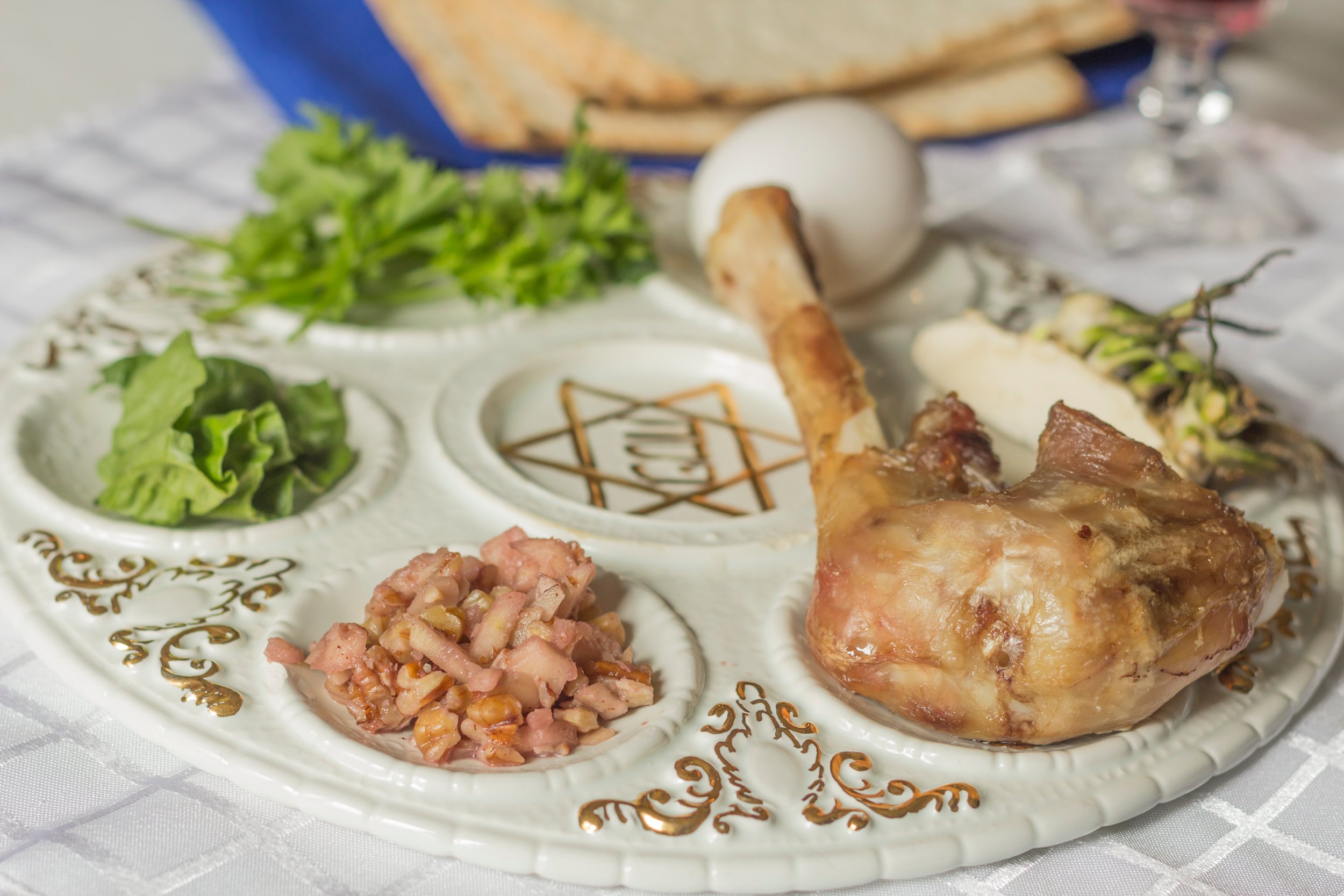Passover
What is Passover?
Of all the biblical feasts, none foreshadows our redemption in Jesus so beautifully as the festival of Passover. God Himself sums up the significance of this feast: “It is a Passover sacrifice to the LORD because He passed over the houses of the sons of Israel in Egypt when He struck the Egyptians [with the tenth plague], but spared our homes” (Exodus 12:27).
Observed in March or April
Greeting:
Chag Pesach Sameach!
(Happy Passover!)
Did you know?
Passover is the oldest continuously observed feast in existence today. The Jewish people have celebrated for almost 3,500 years.
What is the background of Passover?
The book of Exodus recounts how God sent a series of plagues against Egypt, pressuring Pharoah to release the sons of Israel from enslavement. For the tenth and final plague, God would send a destroying angel to kill the firstborn of each family in Egypt. To protect His people, God instructed each Hebrew household to sacrifice an unblemished lamb and apply its blood to the doorposts of their homes, a visible sign of their faith in the Lord (Exodus 12:13). That night, they were to eat the lamb along with matzah (unleavened bread) and bitter herbs, belted and sandaled and holding their staffs as they ate.
At midnight, God struck the firstborn of the households that had not applied the blood. In response, the Egyptians drove the sons of Israel out of their land – so quickly that the Hebrew families had to take their dough with them before it was leavened.
Concerning these events, God told Moses, “Now this day shall be a memorial to you, and you shall celebrate it as a feast to the Lord; throughout your generations you are to celebrate it as a permanent ordinance” (Exodus 12:14).
How is Passover celebrated today?
Modern Passover is an eight-day celebration, combining a remembrance of the first Passover with the weeklong Feast of Unleavened Bread. In preparation, it is traditional to do a rigorous spring cleaning, removing all leavened foods from the house and replacing everyday dishes with special Passover dishes. No leavened food is eaten during this time, in remembrance of how the Hebrews fled Egypt with bowls of unleavened dough. The central focus of Passover is the Passover Seder, an elaborate feast of symbolic foods.
What are traditional Passover foods?
At the first Passover, God prescribed unleavened bread, bitter herbs, and the meat of the sacrificed lamb or goat. Over the centuries, Passover has acquired various traditions. Additional foods have become a regular feature of the Passover Seder: green vegetables, a roasted egg, a sweet apple and nut mixture called kharoset, and four cups of the fruit of the vine.
From a Jewish perspective, theology is not only taught, but also tasted. The symbolism of each element provides a full sensory experience in remembrance of the first Passover.
What is Passover’s significance for believers?
Passover is a living picture of how redemption is received: through the innocent blood of a perfect sacrifice. This ancient feast provides marvelous insight into the very essence of Christianity – the sacrifice of the Lamb, Jesus.
Passover forms the background of the events of the Upper Room, where Jesus observed this important Seder and where He first ordained observance of the Lord’s Supper. When believers celebrate Passover in light of the gospel, we see how God imbued this ancient biblical feast with symbolism foreshadowing the death of Jesus on Calvary. Just as the blood of a lamb protected the Hebrews from God’s judgement on Egypt, so Jesus’ blood protects believers from God’s judgement on the world.
Not only does understanding Passover enrich our faith, it gives us common ground to relate to our Jewish friends. Both believers and unbelieving Jewish people find rich meaning in Passover as we celebrate God’s kindness, wisdom, and power to protect and preserve His own.
Do you want to learn more about Passover and its connection to the gospel? You can invite a Life in Messiah speaker to host an interactive Passover Seder for your church or small group.




